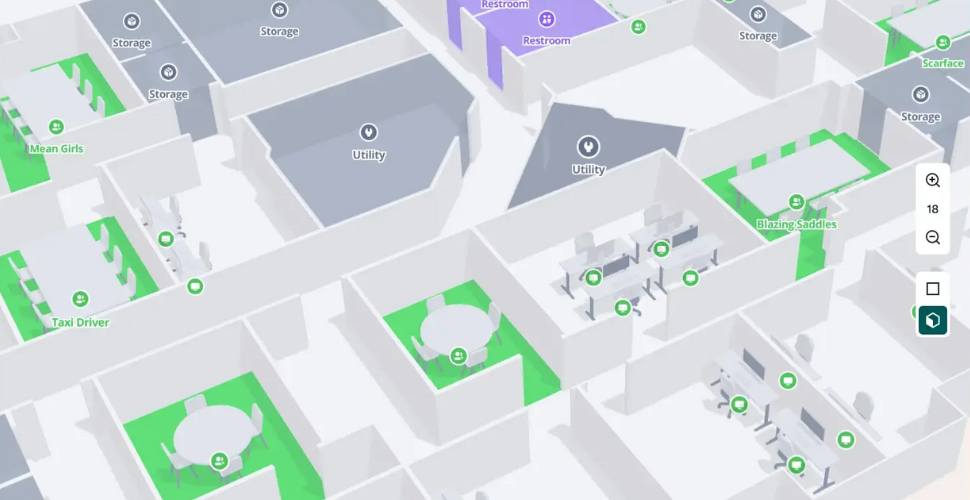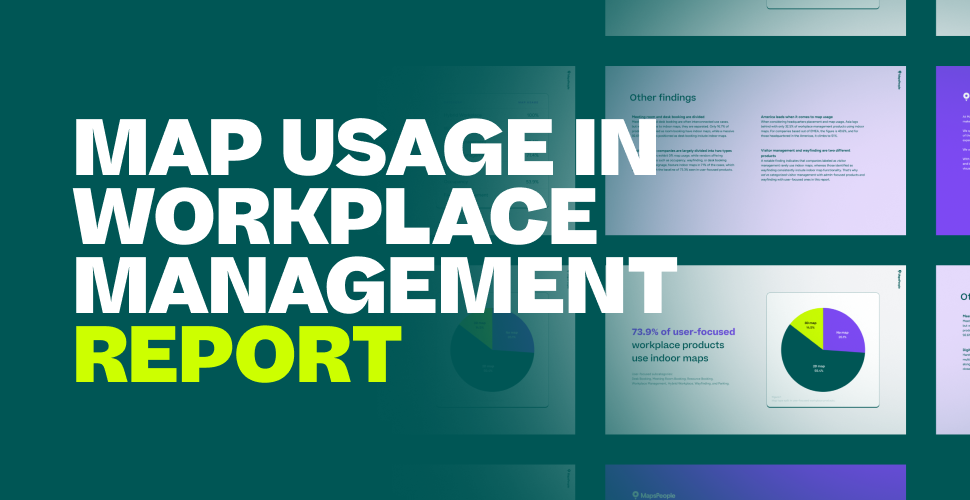Did you know that the global online shopping cart abandonment rate is 88.05%?
The automotive industry takes the 1st place with a cart abandonment rate of a whopping 96.88%. However, among the top 10 industries with the highest abandonment rates we also find baby & child (94.36%), fashion (90.68%), and department stores (89.01%).
Last week, we dug into offline shopping when we showed you how to improve your omnichannel experience and drive people to your store. Now it is time to focus on your webshop.
This week, we are zooming in on online shopping when we show you how to improve user experience and reduce shopping cart abandonment with Google Maps APIs.
Online holiday shopping
Online shopping has been on the rise for years and it is estimated that 95% of purchases will be made online by 2040.
As mentioned in last week’s blog post, 60% of consumers plan to shop less in-store this holiday season due to fear of COVID-19 exposure. However, despite the anticipated increase in online shopping this season, online shops shouldn’t rest on their laurels. A fast and easy checkout process is key in the online shopping experience. In fact, up to 26% of customers do not complete their purchase due to the lengthy and complicated purchase and check-in process. In addition, studies show that 35% of those who experienced problems in the shopping journey are less brand loyal.
Today’s modern customer expects a frictionless checkout process. Yet, address entry for billing or shipping remains one area that can be both time consuming and cumbersome. But there is more…
Last year, shoppers reported making 51% of their online holiday purchases on mobile. Complex text entry on a small screen can be even more frustrating and another barrier for customer conversion and 76% of smartphone users are more likely to purchase from companies whose mobile sites or apps allow them to make purchases quickly.
In other words, a frictionless checkout experience is more important than ever…
Simplify checkout with Google Maps APIs
Google Maps Platform’s Checkout solution is a set of recommended APIs that will help both retailers and users validate addresses for accuracy when completing forms for billing and fulfillment (pickup or delivery).
The checkout solutions consists of:
- Places Autocomplete
- Geocoding API
- Static Map
Place Autocomplete: Increase conversion
Place Autocomplete offers a ‘type-ahead’ address prediction service that shows predictions in real-time. This means that when a customer starts typing the address in the entry field, Autocomplete generates a list of predictions.
Once the customer selects an address, you can use the response to verify the address and get the location. Your application can then populate the correct fields of the address entry form.
By adding Places Autocomplete to your checkout solution, you can:
- Create a frictionless checkout experience
- Increase conversions
- Reduce address entry errors
- Decrease the number of steps in the checkout process
- Simplify the address entry experience on mobile or wearable devices
- Reduce keystrokes and total time required for a customer to place an order
Geocoding API: Determine latitude and longitude
Failed deliveries and wrong addresses are costly. Once an address is obtained from Place Autocomplete, you can use the Geocoding API to get quick visual feedback and identify the precise latitude and longitude of your customer’s delivery or pickup address.
To provide visual confirmation of the delivery or pickup location, you need to combine the Geocoding API with a static map. This way, you can display a map with a movable pin to confirm the delivery or pickup locations.
Maps Static API: Provide visual confirmation
When a customer has selected an address for delivery or pickup, you can display a static map with a pin, showing exactly where the package will be delivered. This will offer the customer additional assurance that the delivery/pickup address is correct, and reduce address failures.
The static map can be shown on the page where they enter the address and you can even add it to the confirmation email when they have completed the transaction. Both of these use cases can be accomplished with the Maps Static API, which adds an image version of the map to any image tag within a page or email.
If you need help enhancing your checkout solution, reach out to one of our experienced Google Maps experts.
October 27, 2020




